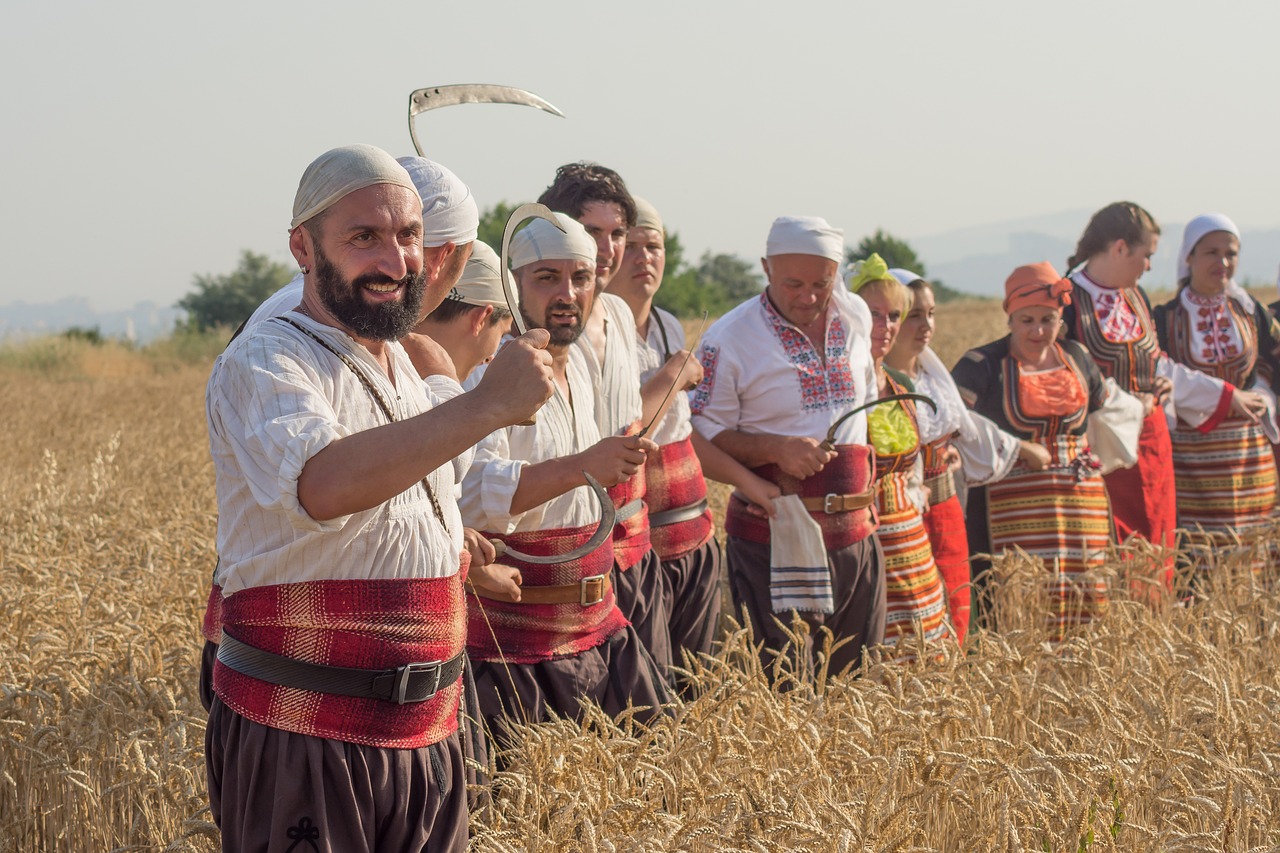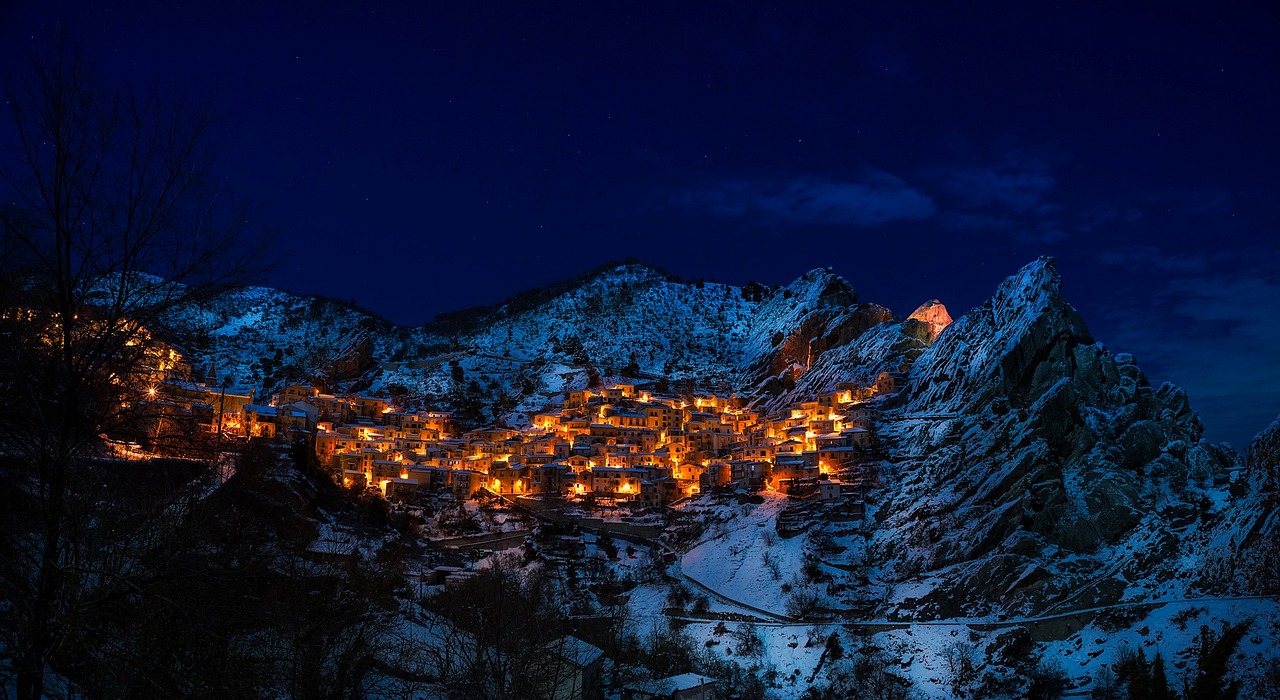Perched on the right bank of the Strumeshnitsa river in Southwest Bulgaria, Samuil’s Fortress stands as a testament to the rich historical legacy of the region. Like a silent sentinel, it bears witness to the tumultuous past and strategic significance it once held during the Bulgarian Empire under Tsar Samuil. The fortress’s role in the defensive system of Klyuch cannot be understated, as it played a pivotal role in safeguarding the empire’s interests.
However, it was also within these ancient walls that tragedy befell the Bulgarian army in 1014, when the Byzantine emperor Vasilius the 2nd achieved a devastating victory, resulting in the cruel blinding of thousands of prisoners. Legend has it that Tsar Samuil, unable to bear witness to the sight of his blinded soldiers, met his own demise.
Today, Samuil’s Fortress stands as a captivating archaeological site, attracting countless visitors who seek to immerse themselves in its storied past. With its thirteen canned dugouts and commanding lookout tower, the fortress offers a glimpse into a bygone era.
Open to the public from April to September, and with convenient access from Petrich and the international road to Macedonia, this historic landmark invites all who desire to explore the annals of history. For practical information and guidance, the Tourist Information Center in Sandanski is readily available to assist.
Key Takeaways
- Samuil’s Fortress played a significant role in the defensive system of Klyuch during the Bulgarian Empire under Tsar Samuil.
- The fortress witnessed a major battle in 1014 where the Byzantine emperor Vasilius the 2nd defeated the Bulgarian army and took thousands of prisoners.
- Tsar Samuil met his demise within the fortress after witnessing the blinding of his soldiers.
- Samuil’s Fortress is now an archaeological site attracting many visitors.
Location and History
Samuil’s Fortress, located on the right bank of the Strumeshnitsa river in Southwest Bulgaria, is a historic landmark that played a significant role in the defensive system of Klyuch during the Bulgarian Empire under Tsar Samuil.
This fortress holds great historical significance as it was the site of a major battle in 1014, where the Byzantine emperor Vasilius the 2nd defeated the Bulgarian army and took thousands of prisoners.
The architectural features of Samuil’s Fortress include 13 canned dugouts and a lookout tower, which provide insight into the defensive strategies used during that time.
The fortress is a testament to the military prowess of Tsar Samuil and the importance of this region in Bulgarian history.
Its status as one of the most visited landmarks in Southwest Bulgaria highlights the enduring appeal of this historic site.
Visiting Information
Located on the right bank of the Strumeshnitsa river, the national park-museum offers practical information on visiting hours and contact details for the Tourist Information Center in Sandanski. For example, visitors can obtain information on opening hours and contact details to plan their visit efficiently. The fortress is open from April to September, Monday to Friday from 09:00 to 18:00, and Saturday to Sunday from 09:00 to 16:00. From October to March, the fortress is open daily from 09:00 to 16:00. As for ticket prices, adults can enter for 5 Bulgarian Lev (BGN), while students and children have a reduced price of 2 BGN. Additionally, there are nearby attractions and activities that visitors can explore, such as the Strumeshnitsa river, the town of Petrich, and the beautiful natural landscapes surrounding the fortress.
Contact Information
The Tourist Information Center in Sandanski provides visitors with practical information and can be contacted at 28 Macedonia Str., Tel: +359 882 011 039, E-mail: tic.sandanski@gmail.com, Website: www.sandanski.bg.
The center serves as a valuable resource for individuals planning to visit Samuil’s Fortress, a historic landmark in Southwest Bulgaria. One important aspect of the information provided by the center is the opening hours of the fortress.
From April to September, the fortress is open from Monday to Friday, 09:00 to 18:00, and on Saturday and Sunday, from 09:00 to 16:00. During the months of October to March, the fortress is open daily from 09:00 to 16:00.
Visitors can rely on the Tourist Information Center to obtain accurate and up-to-date information regarding the opening hours of Samuil’s Fortress.
Frequently Asked Questions
How long did it take to build Samuil’s Fortress?
The construction duration of Samuil’s Fortress is not specified in the given information. However, the fortress is known for its architectural features such as its lookout tower and 13 canned dugouts.
What other historical sites are there in the vicinity of Samuil’s Fortress?
Ancient ruins of cultural significance can be found in the vicinity of Samuil’s Fortress. These include the nearby archaeological site of Heraclea Sintica, which offers insights into the Roman and Byzantine periods in the region.
Are there any special events or festivals held at Samuil’s Fortress?
Special events and cultural festivals are not mentioned specifically in the given information about Samuil’s Fortress. Therefore, it can be concluded that there are no special events or festivals held at the historic landmark.
Can visitors go inside the dugouts at the archaeological site?
Visitors are allowed to explore the underground chambers, known as dugouts, at the archaeological site of Samuil’s Fortress. These dugouts hold historical significance as part of the defensive system during the Bulgarian Empire under Tsar Samuil.
Are there any accommodations or restaurants near Samuil’s Fortress?
Accommodation options near Samuil’s Fortress include hotels and guesthouses in Petrich. Nearby restaurants offer a range of cuisines, including traditional Bulgarian dishes. Visitors can enjoy a comfortable stay and dine in close proximity to the fortress.











